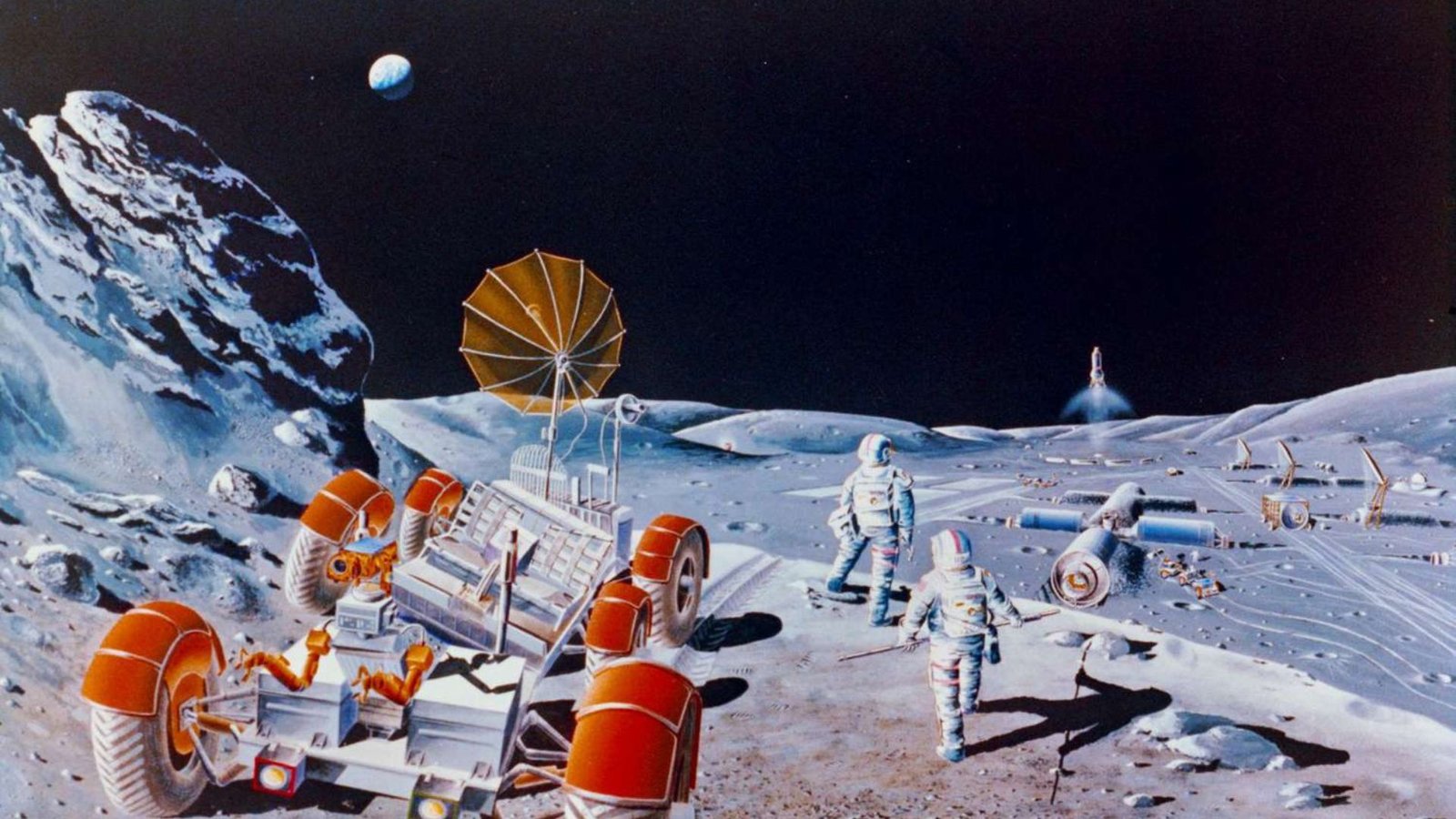The Future of Space Exploration Technology
The future of space exploration technology promises to revolutionize our understanding of the cosmos and expand human presence beyond Earth. Here’s an in-depth look at the advancements and trends shaping space exploration technology:

Advancements in Propulsion Systems
Nuclear Propulsion
Nuclear propulsion technology, including nuclear thermal and nuclear electric propulsion, offers the potential for faster and more efficient space travel. Nuclear thermal propulsion uses a nuclear reactor to heat a propellant, providing higher thrust and shorter travel times to distant destinations. Nuclear electric propulsion utilizes a nuclear reactor to generate electricity for ion thrusters, offering efficient propulsion for deep-space missions.
Ion Thrusters and Electric Propulsion
Ion thrusters and other electric propulsion systems provide high efficiency and long-term performance for space missions. These systems use electric fields to accelerate ions, creating thrust with minimal propellant. They are ideal for deep-space exploration and missions requiring precise maneuvers.
Robotic and Autonomous Missions
Advanced Robotics
Robotic systems are becoming increasingly sophisticated, enabling more complex tasks and operations in space. Advanced robots equipped with artificial intelligence (AI) and machine learning can perform tasks such as repairs, scientific experiments, and resource extraction autonomously, reducing the need for human intervention.
Autonomous Spacecraft
Autonomous spacecraft equipped with advanced navigation and control systems can operate independently in deep space. These spacecraft can make real-time decisions, adapt to changing conditions, and conduct scientific research without direct control from Earth, enhancing mission capabilities and efficiency.
Human Exploration and Habitats
Mars Colonization
Technologies for Mars colonization are advancing rapidly, including habitat construction, life support systems, and resource utilization. Innovations such as inflatable habitats, closed-loop life support systems, and in-situ resource utilization (ISRU) will support long-term human presence on Mars and other celestial bodies.
Space Tourism
Space tourism is evolving with advancements in spacecraft design and safety. Companies are developing suborbital and orbital spaceflights for private individuals, offering new opportunities for space travel and expanding the commercial space sector. Space tourism will play a role in funding and driving further space exploration.
Satellite Technology and Space Infrastructure
Satellite Constellations
Large satellite constellations, such as those proposed for global internet coverage, are becoming a reality. These constellations consist of multiple satellites working together to provide widespread and reliable communication and data services. They also support Earth observation and space monitoring.
Space-Based Solar Power
Space-based solar power (SBSP) involves capturing solar energy in space and transmitting it to Earth. This technology offers the potential for continuous and clean energy supply, free from atmospheric interference and day-night cycles. Research and development in SBSP aim to provide a sustainable energy solution for the future.
Materials and Manufacturing in Space
In-Space Manufacturing
In-space manufacturing technologies, such as 3D printing and assembly, allow for the production of spacecraft components and structures in space. This reduces the need to launch heavy materials from Earth and enables the construction of large structures, such as space stations and habitats, in orbit.
Advanced Materials
The development of advanced materials, such as high-strength composites and radiation-resistant alloys, enhances the durability and performance of spacecraft and space habitats. These materials improve resistance to space environments, including radiation and extreme temperatures.
Artificial Intelligence and Machine Learning
AI for Data Analysis
Artificial intelligence and machine learning are being used to analyze vast amounts of data collected from space missions. AI algorithms can identify patterns, make predictions, and provide insights into celestial phenomena, enhancing scientific research and mission planning.
Autonomous Systems
AI-driven autonomous systems can manage spacecraft operations, optimize mission trajectories, and handle unexpected situations without human intervention. These systems improve efficiency and reliability, reducing the risk of mission failure and increasing the scope of space exploration.
International Collaboration and Policy
Global Partnerships
International collaboration is essential for advancing space exploration technology. Space agencies, private companies, and research institutions from around the world are working together on joint missions, shared infrastructure, and technology development. These partnerships foster innovation and support the peaceful use of outer space.
Regulation and Policy Development
As space exploration expands, the development of regulations and policies is crucial for ensuring safe and responsible activities. Issues such as space debris management, resource utilization, and space traffic management require coordinated efforts and international agreements to address challenges and ensure sustainable exploration.
Future Trends and Challenges
Interstellar Exploration
The concept of interstellar exploration is gaining traction with theoretical research and preliminary technology development. Concepts such as light sail propulsion and breakthrough propulsion physics aim to achieve travel beyond our solar system, exploring nearby star systems and exoplanets.
Space Debris Management
The growing number of satellites and spacecraft increases the risk of space debris, which poses hazards to active missions and space infrastructure. Developing effective strategies for debris mitigation, removal, and management is essential to ensure the long-term sustainability of space activities.
Conclusion
The future of space exploration technology is characterized by rapid advancements and innovative solutions that expand our capabilities and understanding of the cosmos. From advanced propulsion systems and autonomous missions to human exploration and space-based infrastructure, technology is driving the next era of space exploration. Continued research, international collaboration, and responsible practices will shape the future of space exploration and unlock new opportunities for humanity’s journey into the universe.



